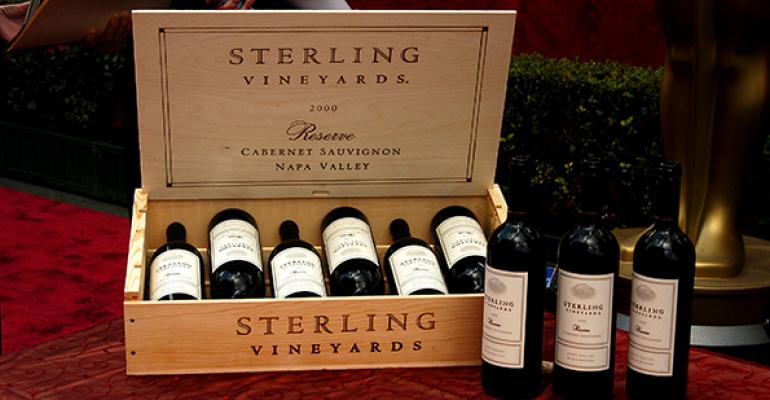Overall, the collectible wine market is strong and is increasingly diversified. While historically Bordeaux and Burgundy have dominated the collectible market, in recent years Italian wines, California wines, Champagne and Port have increased in popularity and in value among collectors.
Leading up to 2011, Chinese collectors built up the Bordeaux market, ultimately causing the bubble to burst. In the last four years, the Chinese wine market has shifted, leading buyers to move away from Bordeaux and towards wine from other regions. The Burgundy market initially benefited from the shift away from Bordeaux. However, there have been signs that Burgundy may have peaked, as the market has plateaued in the past few quarters. This phenomenon may only be temporary - upcoming auctions will help to dictate.
Italian wines have also benefited from collectors looking away from Bordeaux. Top Italian wines like Barolo and Super Tuscans (red wines made in Tuscany using non-indigenous grapes) have great aging potential and have become a strategic and diversified alternative investment in many cellars overall. California wines have remained consistent over time, despite a recent dip in value. This could be a good time to buy, or, if the collection has been appropriately stored for several years, to sell. Also, top Cabernet has had a consistent upward trend, so the recent dip in the California market will likely be temporary.
Champagne and Port have both exhibited strong markets in recent months, particularly for top Champagne producers such as Dom Perignon, Krug and Cristal, and Vintage Port from Fladgate, Taylor's and Graham's.
If interested in collecting wine for enjoyment or for investment, below are several points to keep in mind in order to maximize value and to best enjoy the collection:
- Wine is not a liquid asset and therefore should be looked at with a long-term view. There is a 5-8 year holding minimum to see a return and to identify exit opportunities.
- Provenance is extremely important - bottles with history of proper preservation and ownership avoid authentication issues that may otherwise arise. Auctions in the first half of 2015 echoed this as single-owner lots and direct-from-the-Château sales have seen the highest numbers to date. Make sure to purchase from a reputable source that can show provenance and keep all documentation.
- Professional storage is highly recommended, as most auction houses shy away from collections stored in a home cellar.
- When collecting, the old adage holds true - buy what you like. Bordeaux is the wine most actively traded and invested in. It has large production, rich history, and consistent quality. First growth wines have been the most consistent over time, even with the recent downward trend in this sector of the market. Big names like Lafite have taken a beating, but this could identify good opportunities to buy.
- Stick with more recent vintages from the last 15-20 years. These wines offer more consistency and less likelihood of issues arising from questionable storage, provenance, and authentication. If you do choose older vintages, select classic vintages such as 1959, 1961, or 1982.
- Try more recent vintages with lower release prices, but that have high scores on the Wine Spectator scale. The 2014 vintage of Cos d'Estournel has scores as high as those in 2005, but at less than half the cost.
- Purchase in case lots - 3, 6 or 12 - original wood cases (OWC) if possible. These cases help to enhance provenance, are more in demand, and may sell at a premium. Consider purchasing two cases of each or at least an extra bottle to give yourself a chance to try one. Check how they are aging and keep cases intact.
- For optimum return, expect to purchase wines for at least $250 per bottle. Specifically focus on the top producers in a region, such as Rousseau, Domaine de la Romanée-Conti, Leflaive or Ramonet in Burgundy. If venturing to less established regions, focus on well-known wines like Masseto, Sassicaia, Monfortino and Bruno Giacosa in Italy.
Brian Ward is Senior Specialist of Fine and Rare Wine at Winston Art Group, the largest independent art appraisal and advisory firm in the United States.





